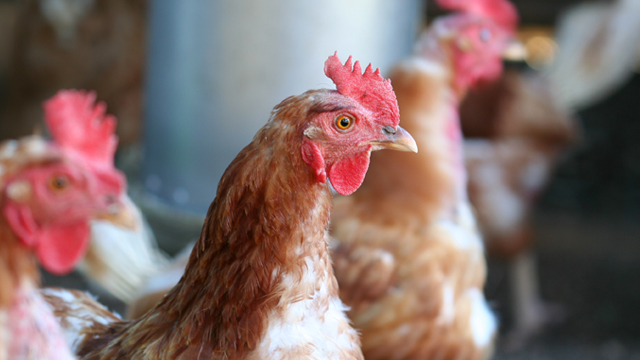4 reasons why industrial insect processing is taking off?
Why insect processing can be a new way to close the protein gap? Find out more.
DATE 2566-11-281. Population growth
By 2050, the global population will increase from 7.7 billion to nearly 10 billion. An increase of 2.3 billion people means that the demand for protein will increase by 50%, corresponding to more than 256 million tonnes per annum. Meanwhile, the arable land needed to produce traditional meat and plant-based proteins is limited. A major change in our food supply chains is needed to close the protein gap. Insects are considered to be one solution that may address these challenges.
2. Reduce waste
Insects not only provide a sustainable protein source, but also help address the challenges of organic waste disposal.
Today, farmed crops and animals are our main source of food. After processing, purchase and consumption, there’s a massive 1.3 billion tons of organic waste. Most of this provides no further value and is lost. However, the waste can provide value as feed to insects at insect plants. With the proper dosing, it provides the perfect feed to support insect growth. The reared larvae can be processed to valuable proteins and lipids. These are fed back to the farmed animals. Residue from insect rearing can be utilized as fertilizers for the farmed crops we consume. In other words, insect farming contributes to the circular economy by converting food waste into protein source for animal feed and fertilizer for crops.
3. Natural diet
The case for using insects to solve the global protein and waste challenges becomes even stronger if we consider that they are already a natural diet for many animals and an attractive feed for the fish farming, poultry and pet food industry.
4. Efficient production
Insects can be produced locally and do not require the vast spaces that other protein sources – such as livestock – require for cultivation. Take the black soldier fly, for instance. Its larvae food supply is extremely flexible. The larvae can transform a large variety of feedstock. It has a very fast growth cycle, which contributes to efficient production. Its nutrient accumulation is high, providing a rich sources of proteins, lipids and minerals. And the larvae thrive in high density environments, making them suitable for mass rearing. What’s more, insect production has limited environmental impact compared to other protein sources.
How to create a successful insect business?
- What are the feedstock options?
- Which insect to farm?
- What kind of products to yield?
- Which type of process to select?
These questions are critical to creating a successful insect processing business.
View this webinar to find out the answers
A strategic partnership
Alfa Laval and Bühler Insect Technology Solutions offer technologies to grow insects on organic residues and process them into protein meals with balanced amino acid profiles and insect lipids high in lauric acid. Together, we offer process solutions for every step of production – from feed preparation and rearing to processing, drying and packing.
Together, we can provide a broad range of solutions:
- Conduct feasibility studies to determine what you need
- Design and supply specific units of operation, like for protein and lipid extraction, or
- Provide complete processing lines for insect processing
- Or to provide complete processing plants, including feed stock preparation, insect rearing and processing.
Let us know what challenges you are facing. We are glad to help.
